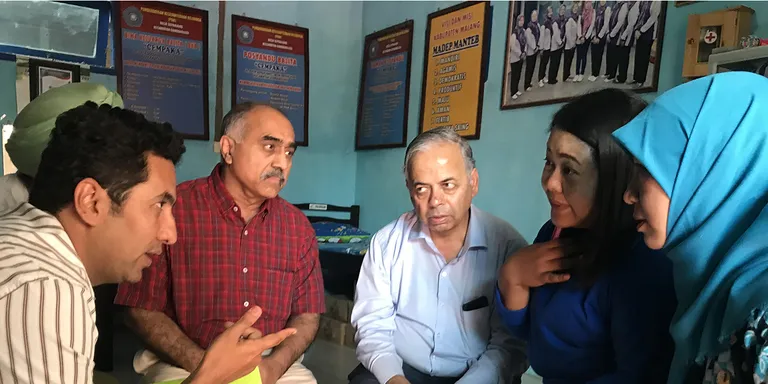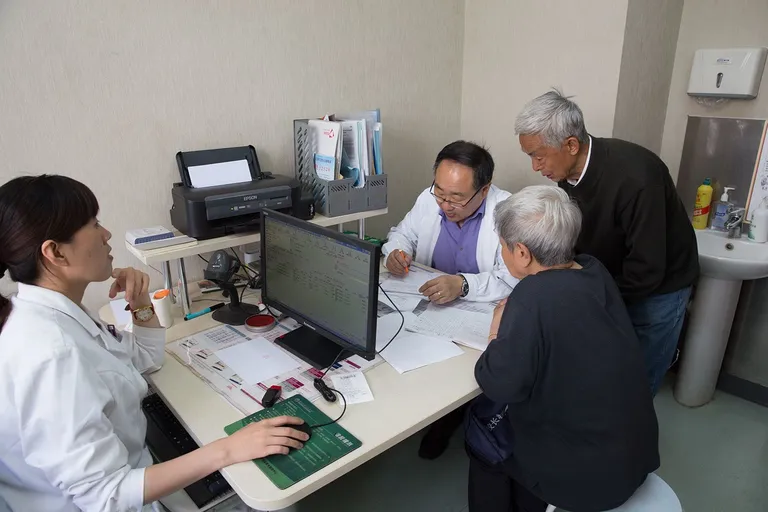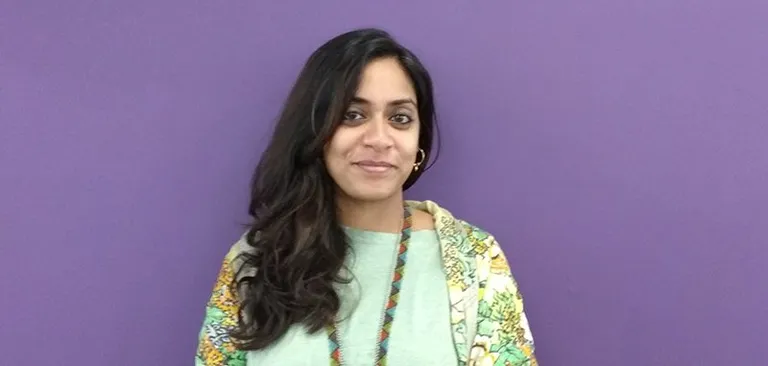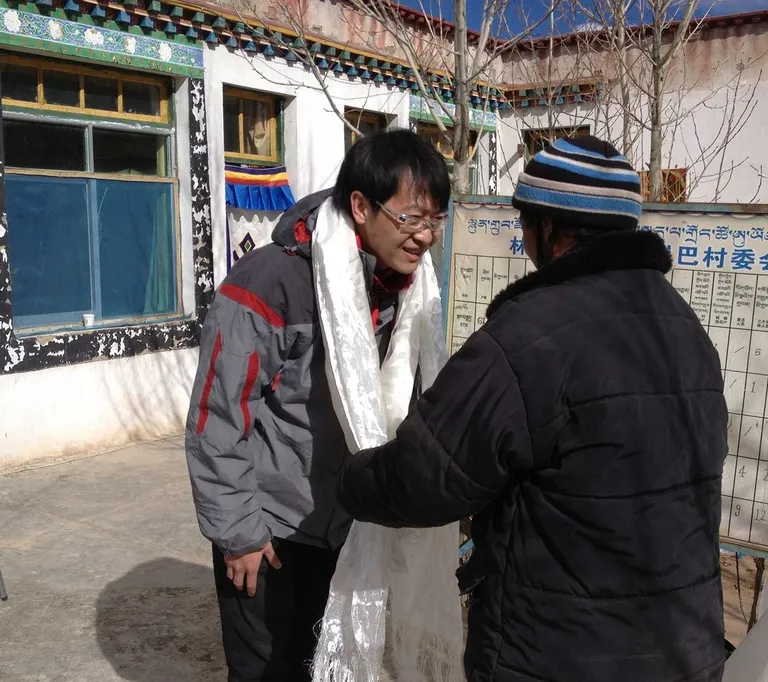Challenge the status quo
Drive critical analysis and reflective thinking
Develop networks and collaborations to enact real change
Target global epidemics, particularly of non-communicable diseases and injury
Focus on vulnerable populations in both rich and poor countries
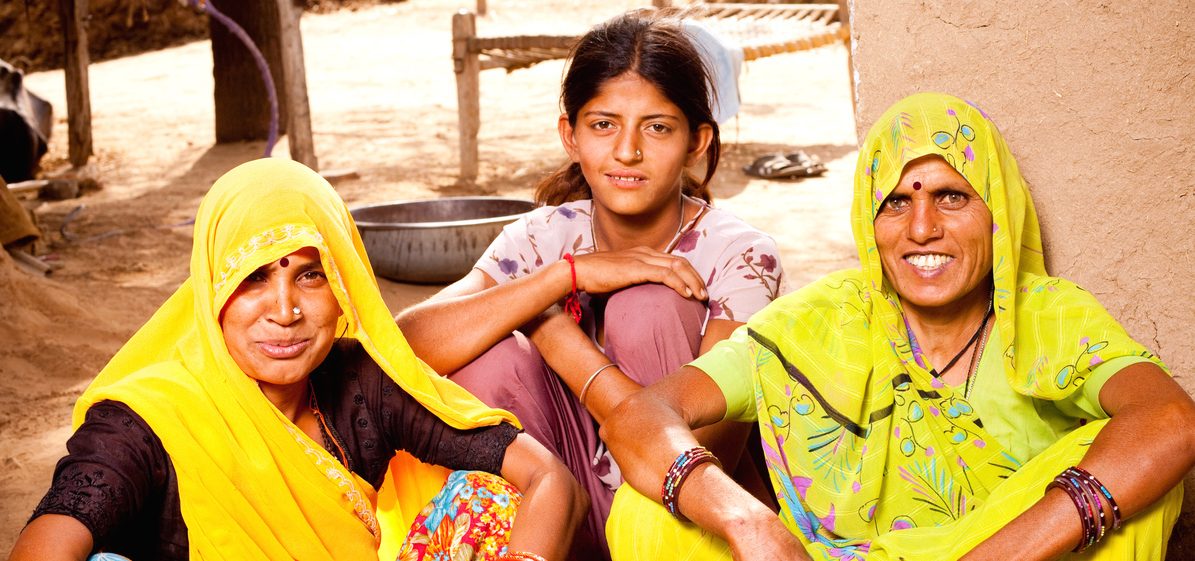
Treating depression important after stroke, but caution may be needed
Recognising and managing depression is an important part of post-stroke treatment, but some treatments should be used with caution until more is known about the risks, according to new evidence published in the Cochrane Library today.
Thought Leadership
Ideas and impact
The George Institute’s Thought Leadership program focuses on tackling the world’s biggest killers, non-communicable diseases and injury.
We share our insights, challenge the status quo and foster the kind of debates and discussions that lead to better treatments, better care and healthier societies, and ultimately improve health outcomes.
Our Thought Leadership program involves researchers at The George Institute as well as non-resident Distinguished Fellows – external experts who are leaders in their respective fields.
To complement the world class research of The George Institute and maximise our impact, our Thought Leadership priorities align with the institute's strategy.
Our guiding principles
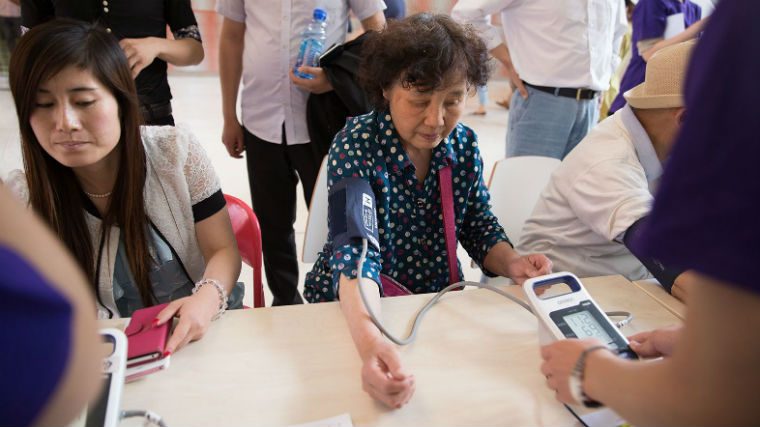
Our people
The George Institute has over 700 people globally, with major centres in Australia, China, India and the United Kingdom. Our researchers are among the world’s leading experts in their field and are often recognised for scientific impact, excellence and innovation.
Researchers from across The George Institute are involved in our Thought Leadership activities and we leverage their expertise to maximise the reach and impact of the program.
Bruce Neal
Executive Director, The George Institute Australia
Professor of Medicine, UNSW Sydney
Honorary Professor, Sydney Medical School, University of Sydney
Professor of Clinical Epidemiology, Imperial College London
“Instead of trying to persuade individuals to do the right thing, we have to change the underlying food system, and that is our focus - generating data that can be used to push governments and industry towards a model that is sustainable from not just the economic perspective, but also for health and the environment.”

David Peiris

Director, Global Primary Health Care Program and Co-Director, Centre for Health Systems Science, The George Institute for Global Health
Professor Faculty of Medicine, UNSW Sydney
“I get excited about solutions to questions like, ‘how can you make a clinic workflow better?’ ‘How can workers become less busy but at the same time improve the quality of care they provide?’ And, ‘how can you make sure no one in the community gets left behind when delivering a better service?…”
Jacqui Webster
Head of Advocacy and Policy Impact, The George Institute for Global Health
Director of World Health Organization Collaborating Centre on Salt Reduction
Professor, Faculty of Medicine, UNSW Sydney
“A lot of my research to date has been on reducing population salt intake by supporting companies to take salt out of foods and meals. But increasing the focus and spending of governments on prevention policies more broadly is urgently needed. This includes improving societies to support healthier living through better food and nutrition, improved mental health and reduced injuries.”

Kelly Thompson

Program Manager, Global Women’s Health, and Research Fellow, Division of Critical Care & Trauma, The George Institute for Global Health
“The low cost dialysis project is a mind-blower. It is such an innovative model and will drastically improve the lives of people not previously able to access or afford dialysis. This is particularly important for women who are less likely to access and receive life-saving treatments like dialysis due to gender inequality.”
Soumyadeep Bhaumik
Research Fellow, Injury Division, The George Institute for Global Health
Research Fellow, Policy Impact, The George Institute India
“At The George Institute, we recognise evidence can be value-laden, and we have mechanisms to try and balance this out, including peer-review and involving consumers and other stakeholders in the design process.”
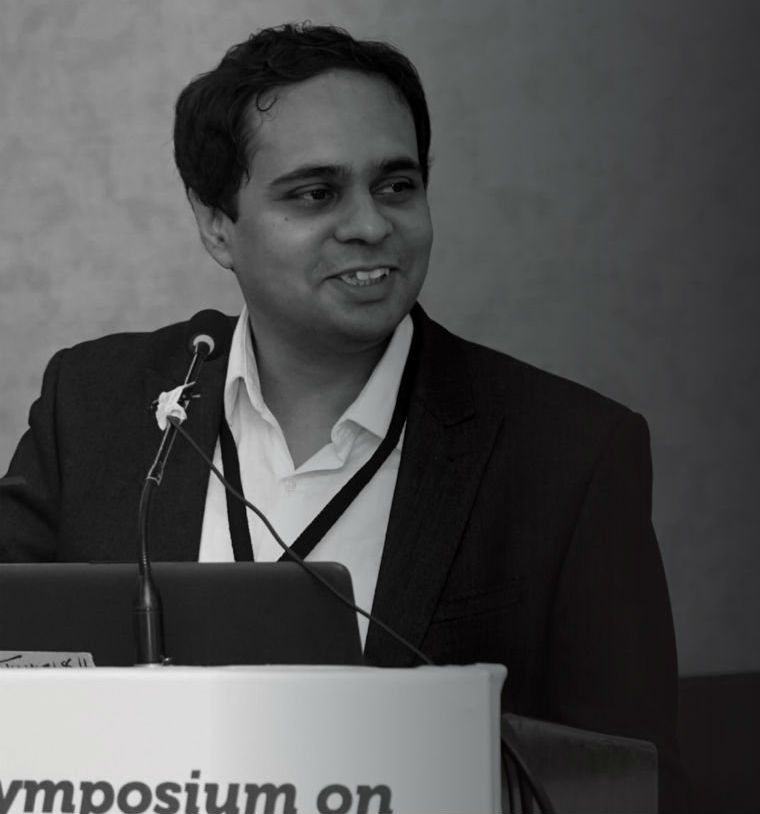
TGI and AIGGPA to collaborate in research to improve the health of people in Madhya Pradesh
The George Institute for Global Health (TGI) in India and the Bhopal-based Atal Bihari Institute of Good Governance and Policy Analysis, (AIGGPA) a think-tank of the Government of Madhya Pradesh will work together to generate evidence that will inform healthcare decisions to reduce premature death and disability in Madhya Pradesh.





